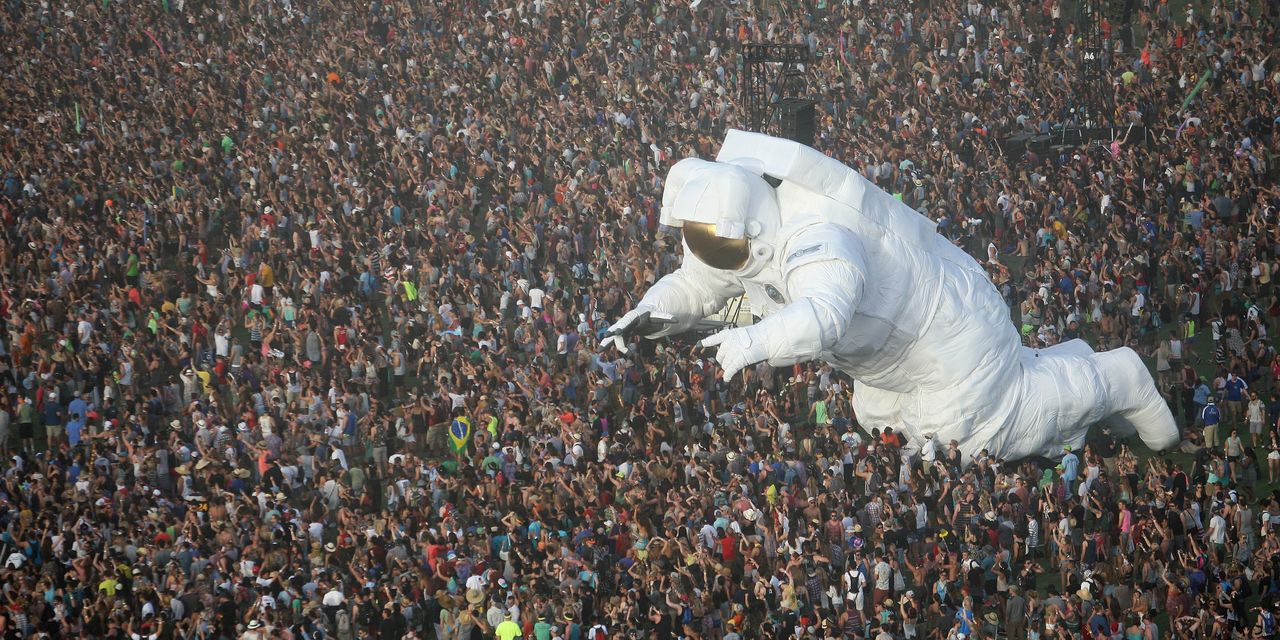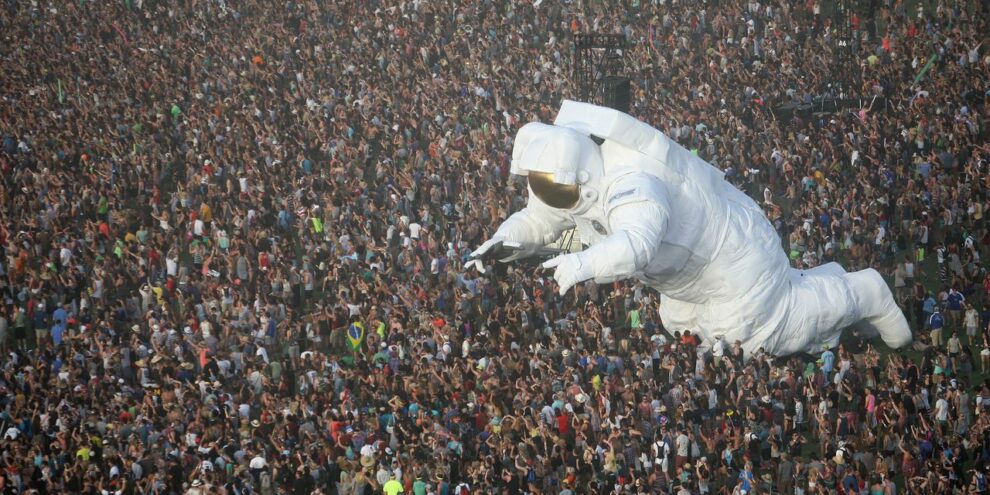
The U.S. added a robust 379,000 jobs in February and the economy is primed to take off, but improved growth prospects might come with a cost in the short run.
In a word, inflation.
Make no mistake, inflation is still very low right now and it has been for the past decade. The coronavirus pandemic squelched inflation early last year and even now, prices are rising less than 2% a year.
Read: Inflation worries are back. Should you worry?
The loss of so many jobs during the pandemic — nearly 10 million are still missing — and resulting drop in demand is also helping to keep a lid on inflation.
“It is difficult, if not impossible, to generate sustained inflation and higher inflation expectations when the economy is still so far away from full employment,” said chief economist Scott Anderson of Bank of the West.
See: A visual look at how an unfair pandemic has reshaped work and home
That could change in the coming months. How come? Rising oil prices. Shortages of raw materials and other key supplies such as lumber and semiconductors. And another round of massive government financial aid to Americans.
After falling to near zero last May, the yearly increase in the consumer price index rose to 1.4 % in January — and it’s expected to keep going up. The CPI is the government’s main tool for tracking the cost of living and determining how much to increase Social Security benefits every year, among other things.
Economists predict the CPI will increase 0.3% in February, nudging the yearly rate up to as high as 1.7%. The report, which comes out next Wednesday, is the highlight of the week on a light economic calendar.
See: MarketWatch Economic Calendar
By summer, many economists estimate the cost of living will rise above 2% on a yearly basis and push past the Federal Reserve’s 2% target.
The evidence of rising prices is mounting. A pair of ISM purchasing managers reports last week, for example, showed that companies are paying sharply higher prices for a wide array of supplies they need to produce goods and services.
One price barometer for business supplies soared to a 10-year peak, leading one wholesale executive to fret about “an ongoing influx of price increases due to raw-material shortages, labor shortages, and transportation delays.”
Then there’s oil prices. The cost of petroleum has jumped 25% since early January after Saudi Arabia and other providers outside the U.S. slashed production. That’s also feeding into higher prices.
Throwing fuel on the fire is nearly $2 trillion in new financial aid from Washington just as the economy appears to be speeding up. The Democratic-led Congress and White House are expected to approve the bill in a matter of days.
The upshot is, inflation is sure to rise in the months ahead. The big question is, will it just be a temporary phenomenon tied to a full reopening or the economy? Or something worse that will persevere?
Fed Chairman Jerome Powell and most senior central bank officials are betting the price increases won’t last. Powell has repeatedly predicted the expected burst of inflation will peter out and not pose any threat to the economy.
The danger, some economists warn, is that a spike in inflation will create more uncertainty among investors, drive interest rates higher and potentially sap the economic recovery.
Home sales, auto sales and many other consumer and business activities have benefited greatly from rock-bottom interest rates. And that’s not to mention record stock market gains that some Fed critics tie to the central bank’s easy-money strategy.
Even if Powell is right, the rise in inflation is likely to complicate the path of a U.S. economic recovery if investors continue to harbor doubts.
“Powell is prepared to let inflation take off, and is unlikely to take action in the face of that, unless it gets out of control,” said economists James Knightley and Padhraic Garvey of ING in a note to clients. “The problem is we won’t know whether it is in or out of control until we let it rip a bit.”











Add Comment